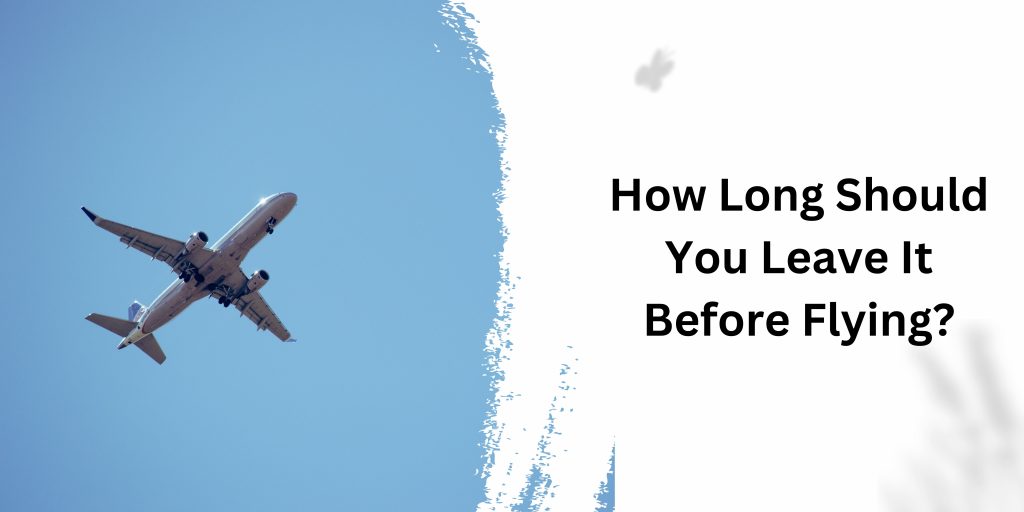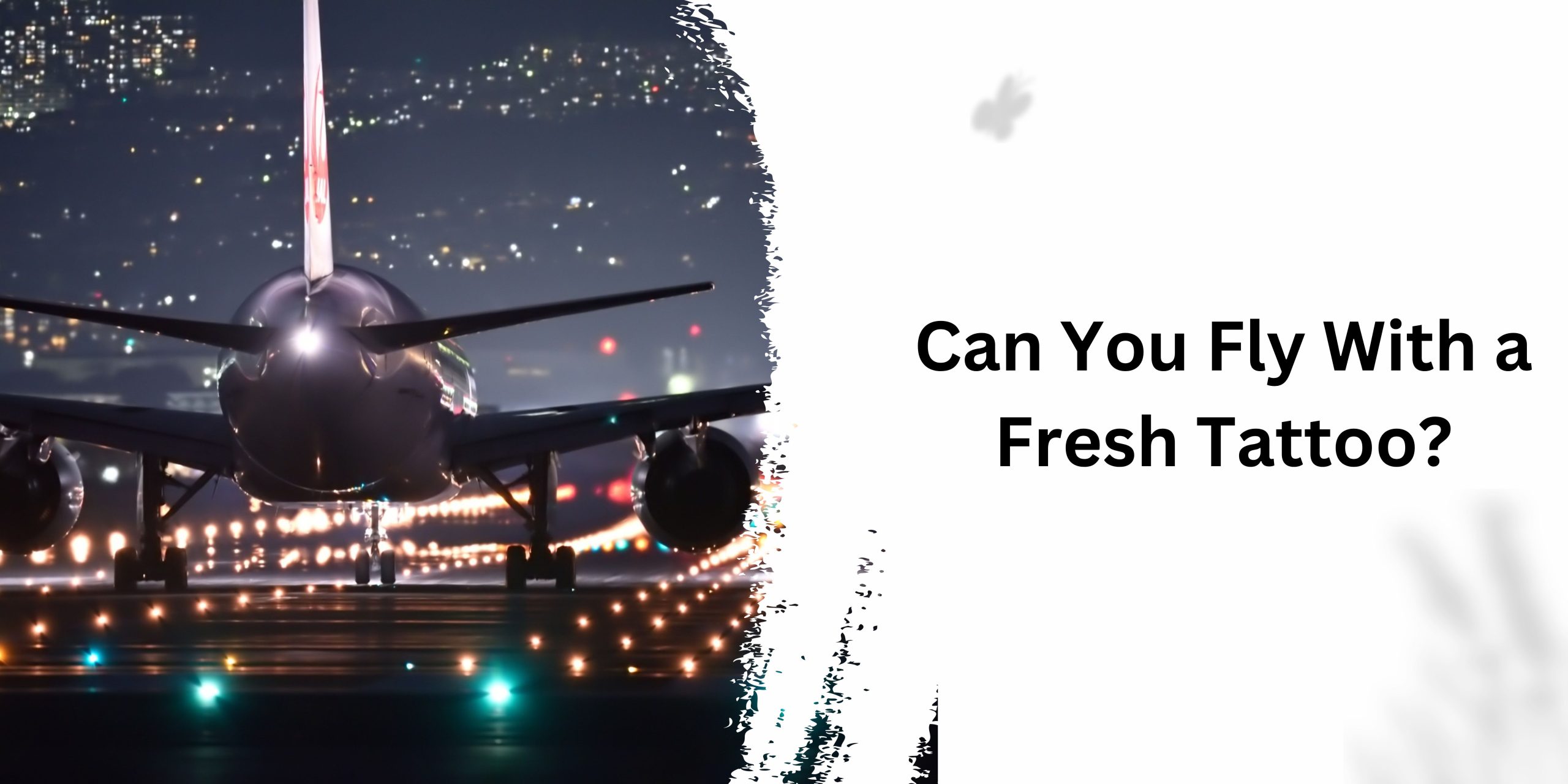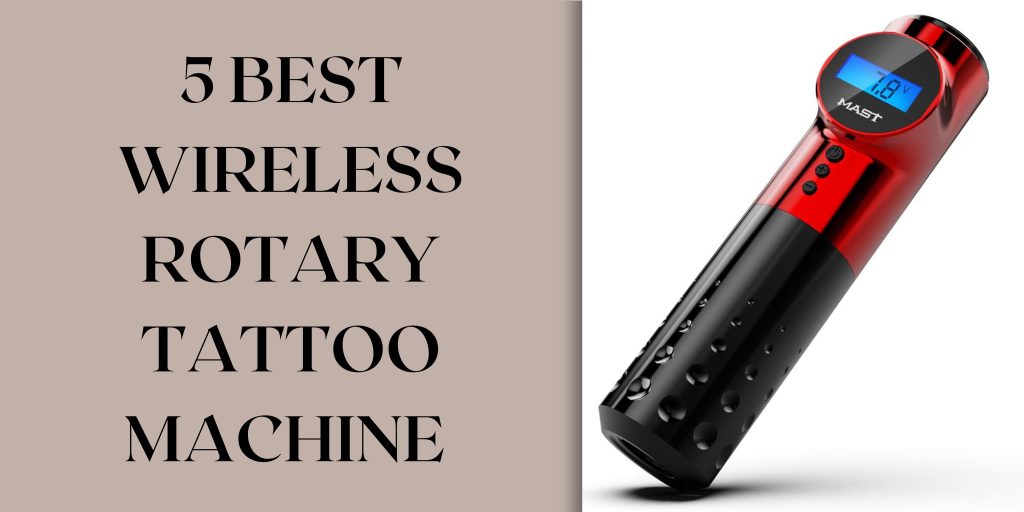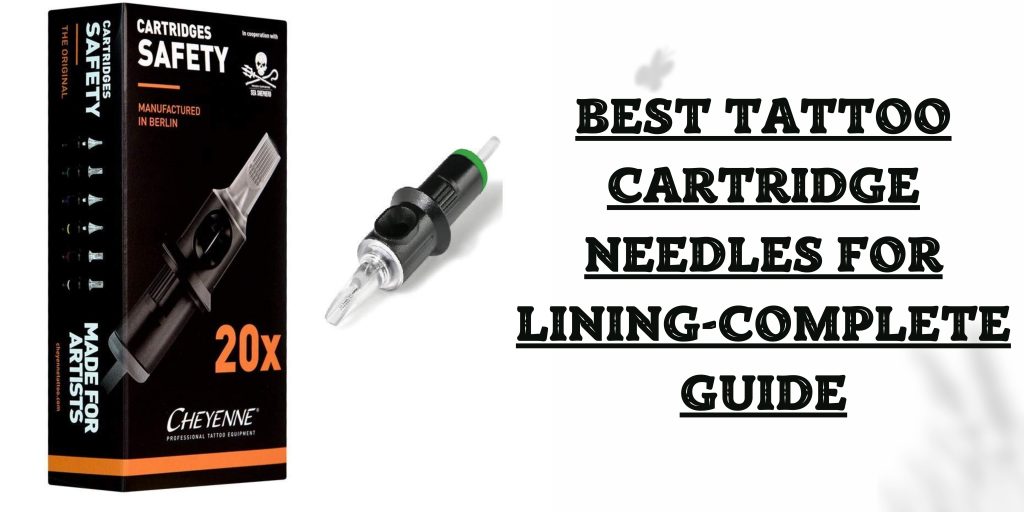Flying high in the sky with a fresh tattoo might sound like an exhilarating idea, but before you take off, there are crucial things you should know. Tattoos are not just body art; they are wounds that require care and consideration. In this article, we’ll explore that can you fly with a fresh tattoo, shedding light on how long you should wait, the risks involved, and essential tips to ensure your tattooed journey is smooth.
What Are the Risks of Flying Directly After Getting a Tattoo?
Flying immediately after getting a tattoo poses several risks that could compromise the healing process and the integrity of your artwork. Cabin air on airplanes is notorious for being dry, and the low humidity levels can wreak havoc on your fresh tattoo.
Infection
As mentioned earlier, the first few days post-tattoo are critical for preventing infection. Airplanes are breeding grounds for bacteria, and the recirculated air can introduce unwanted pathogens to your vulnerable tattoo. This increases the likelihood of infection, potentially leading to complications and an unsatisfactory healing outcome.
Swelling
Air travel often involves changes in cabin pressure, which can cause swelling. While this might not be a significant concern for most people, individuals with fresh tattoos are more susceptible to swelling and discomfort. The combination of high altitude and pressurized cabins can exacerbate the swelling, affecting both the appearance and comfort of your tattoo.
Impaired Healing
Tattoos require oxygen to heal efficiently. However, the reduced oxygen levels in airplane cabins can slow down the healing process. If your tattoo isn’t given the optimal conditions for recovery, you might end up with prolonged healing times and potential complications.
Fading and Peeling
A freshly inked tattoo is essentially an open wound covered in a protective layer of ointment. Airplane cabins, with their low humidity, can cause this protective layer to dry out quickly. This, in turn, may lead to premature peeling, scabbing, and, worst of all, fading of the vibrant colours in your tattoo.
How Long Should You Leave It Before Flying?

You’ve just adorned your body with a stunning tattoo, and now wanderlust calls. But hold on — patience is key. Tattoo artists typically recommend avoiding air travel for the first few days after getting inked. The initial 24 to 48 hours are crucial for the healing process. During this time, your tattoo is essentially an open wound, susceptible to airborne bacteria and other contaminants prevalent in cabin air.
Ideally, it’s wise to wait at least 2 to 3 days before taking to the skies. This waiting period allows the tattoo to scab over and reduces the risk of infection. Remember, different individuals may experience varying healing times, so it’s essential to listen to your body and follow your tattoo artist’s aftercare instructions diligently.
Read More: Drinks You Can Drink Instead of Coffee
Conclusion
Patience is truly a virtue. While the allure of jetting off to a new destination immediately after getting inked may be tempting, it’s crucial to prioritize the health and longevity of your tattoo. Waiting a few days before flying allows your body to kickstart the healing process, reducing the risk of infections and complications.
So, can you fly with a fresh tattoo? Yes, you can, but timing is everything. Give your tattoo the care it deserves, and when you finally board that plane, you can do so with the confidence that your body art will soar to new heights, unscathed by the challenges of air travel.







